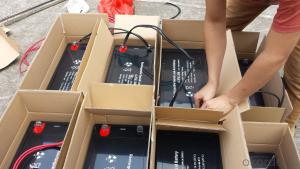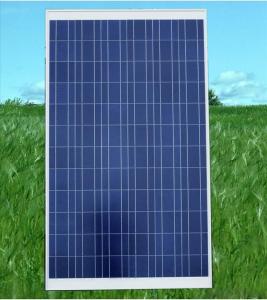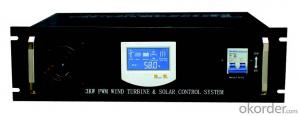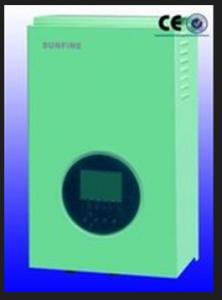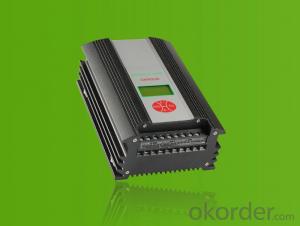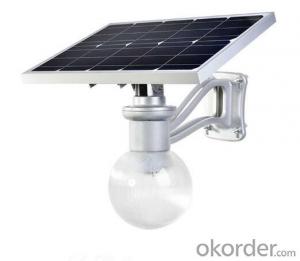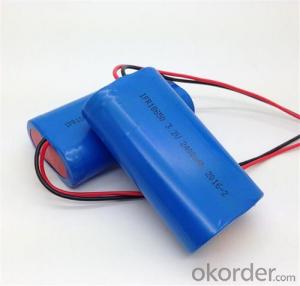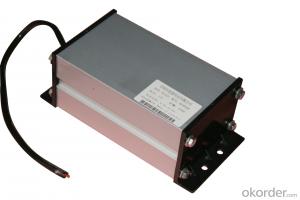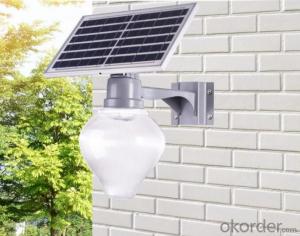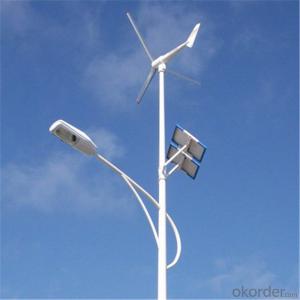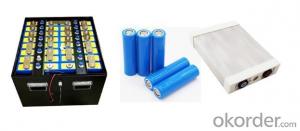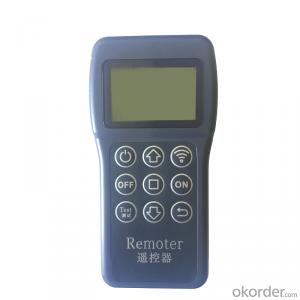Solar Panel Hybrid Inverter
Solar Panel Hybrid Inverter Related Searches
Hybrid Inverter Solar Panel Solar Hybrid Inverter Hybrid Solar Power Inverter Solar Panel Inverter Hybrid Solar Inverter Solar Inverter Hybrid Solar System Hybrid Inverter Inverter Solar Hybrid Panel Solar Inverter Inverter Hybrid Solar Hybrid Solar Charger Inverter Solar Panel Solar Inverter Hybrid Inverter Solar Solar Panels Inverter Solar Hybrid Inverter System Smart Hybrid Solar Inverter Hybrid Solar Inverter System Solar Edge Hybrid Inverter Solar Hybrid Pcu Inverter Solar Inverter Panel Portable Solar Panel Inverter Sunpower Solar Panel Inverter Home Solar Panel Inverter Inverter Solar Panel Small Solar Panel Inverter Buy Hybrid Solar Inverter Hybrid Solar Inverter Charger Hybrid Inverter Solar System Solar Inverter Solar Panel Hybrid Inverter Charger SolarSolar Panel Hybrid Inverter Supplier & Manufacturer from China
Solar Panel Hybrid Inverters are advanced power conversion devices that combine the functionalities of solar charge controllers and grid-tie inverters. They play a crucial role in optimizing the performance of solar energy systems by managing the flow of electricity from solar panels to the grid or battery storage. These inverters are designed to handle both AC and DC power, ensuring efficient energy conversion and seamless integration with various solar setups.The application and usage scenarios of Solar Panel Hybrid Inverters are vast, ranging from residential rooftop installations to large-scale commercial and industrial projects. They are particularly useful in off-grid and hybrid systems, where they help maintain a stable power supply by switching between solar, battery, and grid power as needed. This flexibility makes them an essential component in areas with intermittent sunlight or where backup power is required.
Okorder.com is a leading wholesale supplier of Solar Panel Hybrid Inverters, boasting a large inventory that caters to the diverse needs of customers worldwide. With a commitment to quality and customer satisfaction, Okorder.com ensures that each inverter is thoroughly tested and meets the highest industry standards. By offering a wide range of models and capacities, Okorder.com enables customers to find the perfect Solar Panel Hybrid Inverter for their specific energy requirements and budget.
Hot Products


